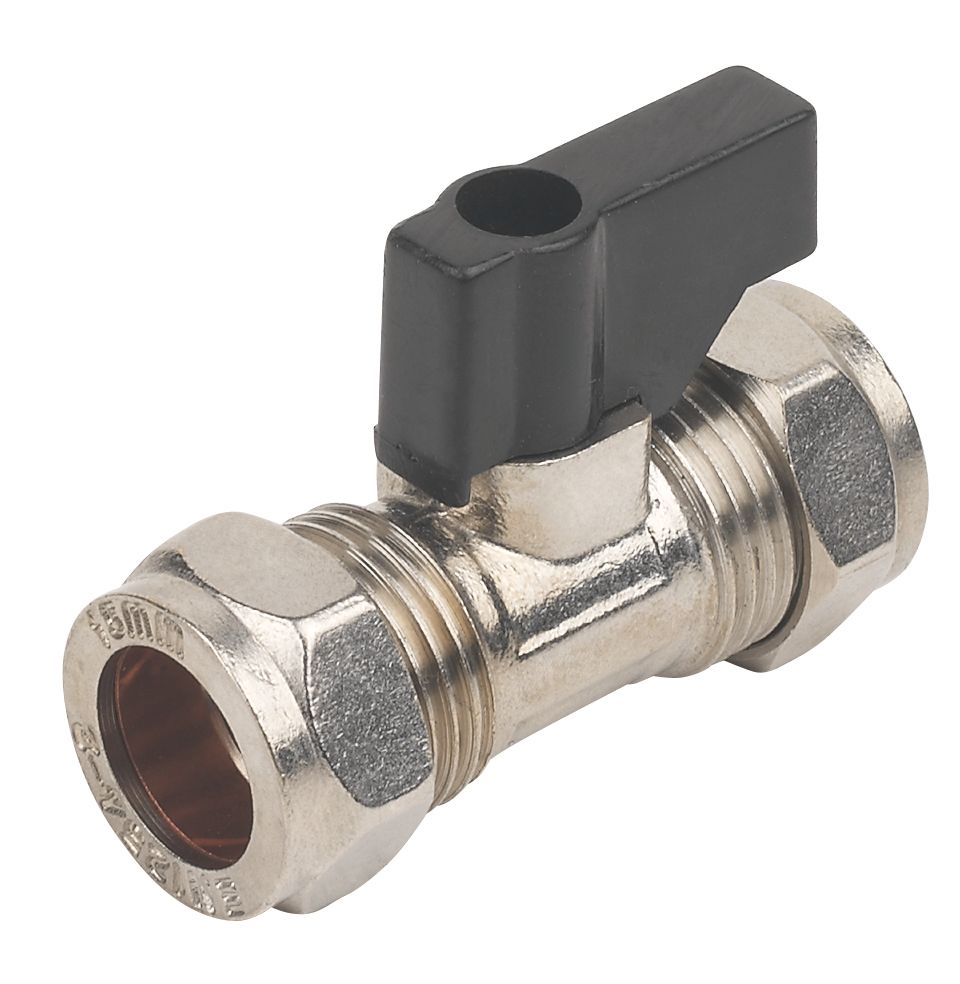Hi newbie around here and to the world of plumbing, but great forums and vibe here.
I just wanted to double check valve, I plan on re-doing some of my kitchen plumbing and replacing some compression fittings mainly isolation valves with the ones with little black tap handles since the old ones are very old and a slight leak (on olive end side). There connected to my hot and cold water tap via tap connectors to a Grohe tap.
The new isolation valves have brass olives, is it ok to replace them with copper olives?
Also to double check...
I read previous threads I should avoid ptfe tape, smear some jointing compound in front of the Olive and fitting (not on the actual olive or behind it) Is this still a good method on a new compression fitting?
I do have some fernox LS-X is that ok or should I get the Fernox pottable blue jointing compound tin?
Thanks
I just wanted to double check valve, I plan on re-doing some of my kitchen plumbing and replacing some compression fittings mainly isolation valves with the ones with little black tap handles since the old ones are very old and a slight leak (on olive end side). There connected to my hot and cold water tap via tap connectors to a Grohe tap.
The new isolation valves have brass olives, is it ok to replace them with copper olives?
Also to double check...
I read previous threads I should avoid ptfe tape, smear some jointing compound in front of the Olive and fitting (not on the actual olive or behind it) Is this still a good method on a new compression fitting?
I do have some fernox LS-X is that ok or should I get the Fernox pottable blue jointing compound tin?
Thanks


